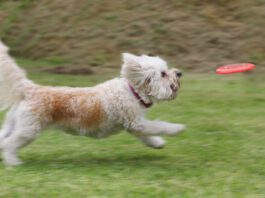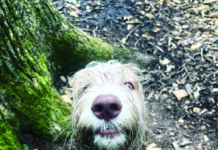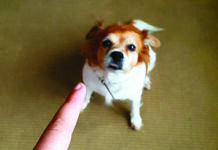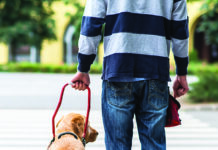Why Your Dog Licks You – And How to Stop It
Licking is a natural behavior for dogs. The puppies of wild canids (or feral or street dogs) lick their parents’ mouths, which prompt the...
Are Eggs Good for Dogs?
Dogs have been stealing eggs for thousands of years, and for good reason. Eggs from chickens, ducks, geese, turkeys, quail, and other birds are...
How Well Can Dogs See in the Dark?
Cats are notorious for being able to see at night, but what about dogs? How well can dogs see in the dark? Is their...
What Colors Can Dogs See?
A dog’s eyesight is significantly different from ours, starting with the fact that they are red-green colorblind. What colors do dogs see best? While...
Why Do Dogs Eat Grass (and Should They Stop?)
If you’ve noticed your dog eating grass, you might be relieved to hear that this is a common dog behavior, and, contrary to conventional...
Please Don’t “Alpha” Your Dog
For over a decade, the scientific behavior community has been telling us that trying to be the human “alpha” is a seriously flawed approach...
Separation Anxiety in Dogs
The advent of the pandemic in 2020 caused many of us to begin spending most of our time at home with our dogs. Many...
Great Expectations: What to Expect When Adopting a New Dog
Some of the happiest dog people I know never even meant to get a dog. Their stories run the gamut – from a stray...
How To Get Cats and Dogs to Get Along
According to family lore, when my husband was a little boy, his bedtime request was always the same: “Tell me a story about a...
Alpha Dog Myths
You might think that after 20-plus years of moving toward a deeper and more scientific understanding of dog training and behavior in the dog-training...
Intelligent Disobedience
Sometimes, we don’t want a dog to do what we just told the dog to do. Intelligent disobedience, also known as intelligent refusal, is...
Dog Bites: What To Do If a Dog Bites You
When he got bitten by a dog who had jumped out of a car in a shopping plaza parking lot, at least family medicine...


















